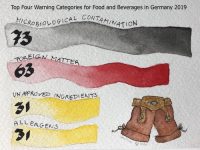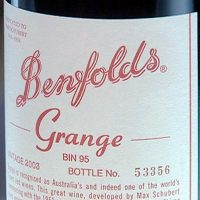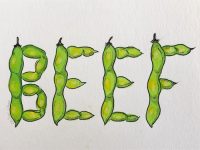Much of the attention that cybersecurity gets is on the IT or office network side of things, but recently people have begun paying more attention to operational technology (OT) systems that make up the country’s critical infrastructure. When people think of critical infrastructure, they automatically think of oil and gas, power generation, and water. Many people don’t realize that there are actually 16 critical infrastructure industries:
- Energy
- Financial
- Dams
- Defense
- Critical Manufacturing
- Water and Wastewater
- Food and Agriculture
- Healthcare
- Government Facilities
- Commercial Facilities
- Transportation
- Emergency Services
- Chemical
- Communications
- Nuclear
- Information Technology
One of the easily forgotten, but perhaps most important, is food and beverage manufacturing. A cyber attack on a food and beverage company might not result in the lights going out or clouds of toxic gas, but they could result in explosions, or tainted food. We need to start paying more attention to cybersecurity in the food and beverage industry. What would happen if a hacker got into the control system at a frozen foods distribution facility? They could raise the temperature in the freezers, thaw the food and then refreeze it. This could result in food poisoning for hundreds or thousands of people. Bad actors can do a lot of harm by targeting this sector.
Many companies are pushing to combine their IT and OT departments, something they call IT/OT convergence. This can be done, but you need to first understand that IT and OT have differing goals.
It is important to review the organizational structure. You will typically find that both IT and OT report organizationally to the CEO level. We also find senior management believes IT owns the industrial control system (ICS) networks and security—mainly because IT owns support, maintenance & operational budget for network and security (basically letting OT off the hook).
IT’s primary goals are confidentiality, integrity and availability, the CIA triad. While working toward these objectives IT also tries to make it possible for users to access the network from any location from which they are working, using whatever computing device they have with them. The goal is to make it as easy to work from an airport, hotel room or coffee shop as it is to work in the office itself. Technology is updated and replaced often. Service packs are loaded, new software releases are loaded, and bugs are fixed.
OT’s primary goals are availability, integrity and confidentiality—a complete reversal of the CIA triad. They strive to keep production running, be it an electric utility, an oil rig or a pop-tart factory 24/7/365. OT is all about what works, a “We’ve always done it that way” mentality. OT will always be reluctant to make any change that might bring down the production line. Remember, they are graded on widgets per minute. There must be trust and open communication between IT and OT if things are going to work properly.
When we are talking about OT cybersecurity, we usually use terms like secure or prevent, when we really should be thinking about words like containment. Securing the network and preventing attacks is important, but at some point, an attack will get past your defenses. Then it is a matter of containment: How do we keep the problem from spreading to other networks?
One thing to definitely avoid is the desire by IT to have bi-directional communications between the IT and OT networks—this should never happen. Also, avoid the desire to connect the ICS to the Internet so that you can control the process remotely. There is no reason for the plant manager to be able to go home, have a couple beers and then log on to see if he can make things run better. If the control system is going to be connected to the corporate IT or the Internet, it should only have out-going uni-directional data transmission to allow monitoring of the system.
Building a good OT cybersecurity program, you need to do three things:
- Get C-Level support and buy-in for the changes to be made.
- Communicate with stakeholders and vendors.
- Make decisions as a team, make sure all the stakeholders, IT, OT, engineering are all involved.
After you have set up the structure and started communicating, you need to begin cybersecurity awareness training for the OT staff. This training should be focused on educating plant personnel on what cybersecurity is, both at work and at home, and how to respond or escalate something that seems wrong. They need to be trained what needs to be dealt with immediately and what can wait. Consider doing tabletop exercises where you practice what to do when certain things occur. This can act as a stress test for your incident response plan and help find the holes in your plan and procedures. These tabletop exercises should involve C-suite individuals as well as people from the plant floor, so everyone understand their part in a cyber-attack response.
If these concepts are followed, you will be well on your way to creating a much more cyber-secure production environment.
















